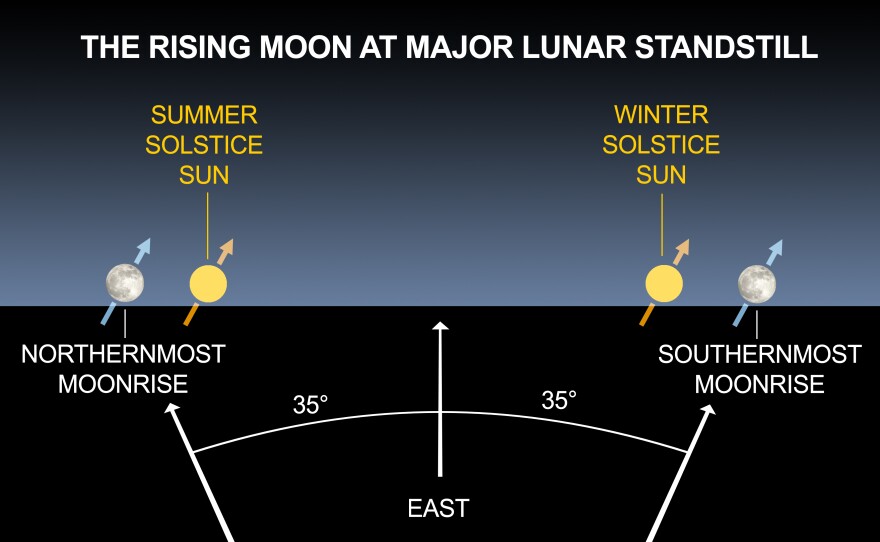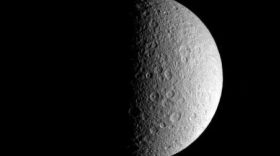This year brings a rare lunar event called the Lunar Standstill, which happens only once every 18.5 years. Due to the Moon’s wobbling orbit aligning with Earth’s tilt, the Moon is reaching extreme positions in the sky. Recently, it appeared unusually low at first quarter, the third quarter Moon stood directly overhead—something typically impossible from the continental U.S. Even in daylight, the Moon remains high and visible, especially through sunglasses, offering a striking sight in the sky.

Play Live Radio
Next Up:
0:00
0:00
Available On Air Stations






